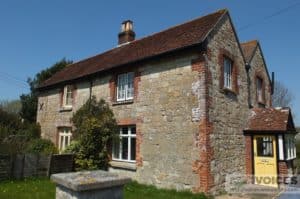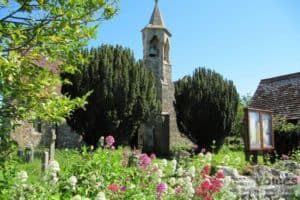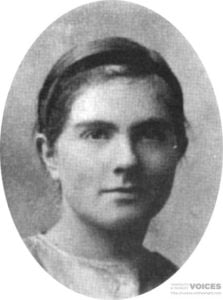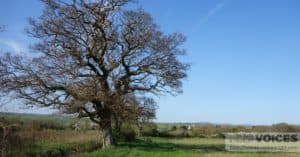We moved from my Gran’s in South Street, Yarmouth into a new council house at North View, Thorley in 1952. It had two inside flush toilets and a bathroom…. very impressive for me as I’d been used to using a cold, dark outside toilet and no bathroom in my 6 previous years of childhood.
Moving to the new council houses also meant new neighbours with children and new friends to play and argue with. Mostly we got on well with each other and invented our own entertainment in the open air.









